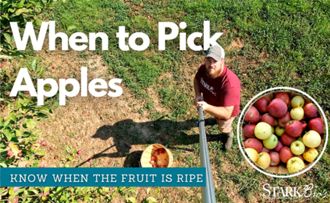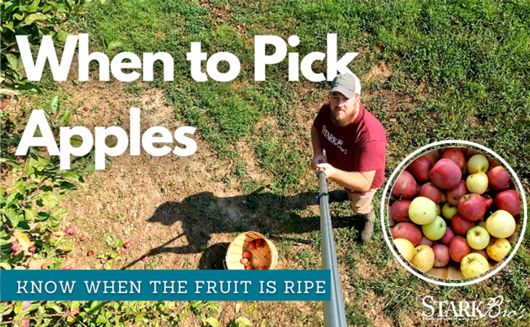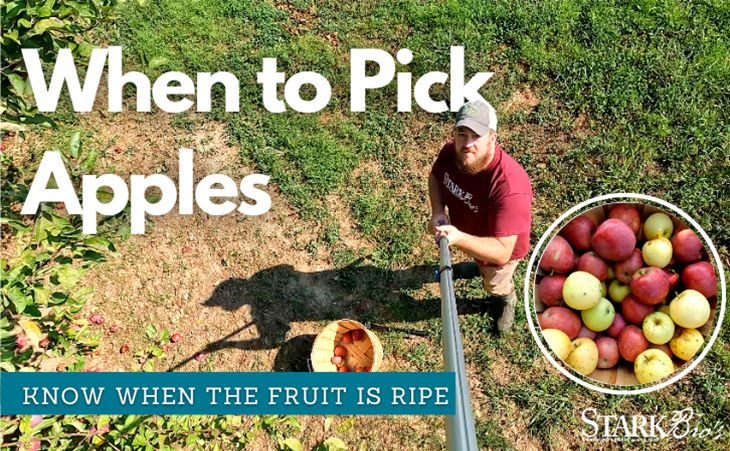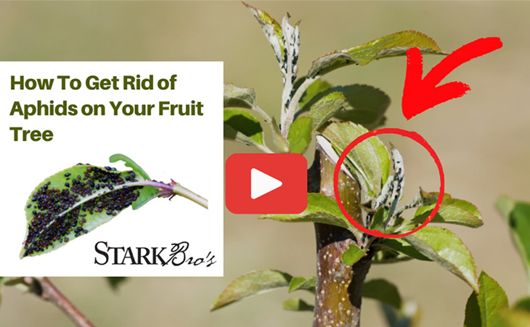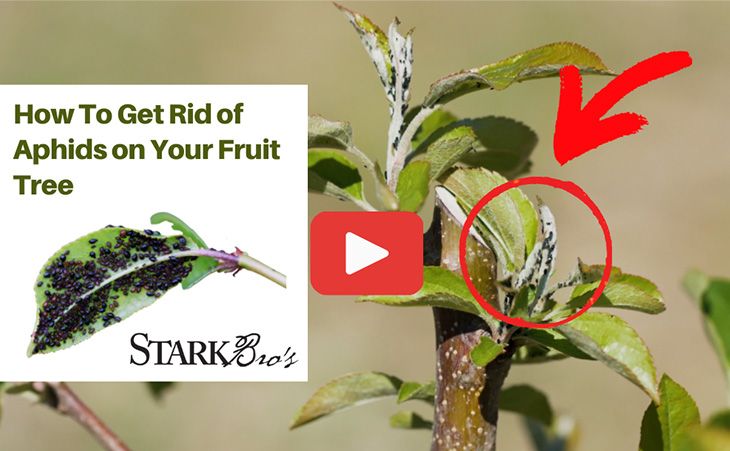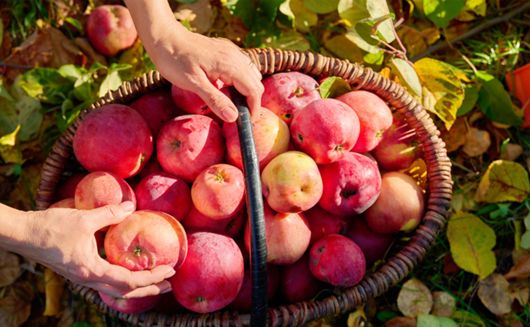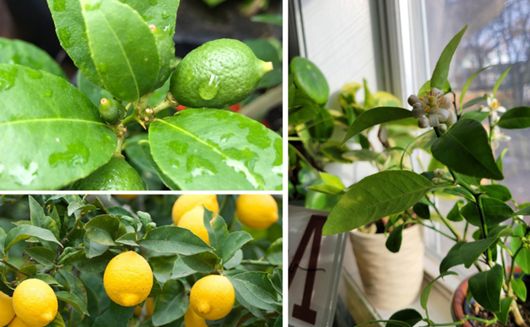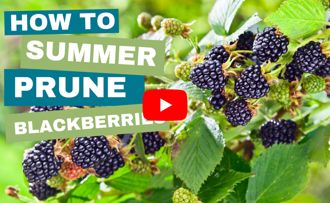How to Prune a Young Pear Tree
Pruning a young pear tree is essential for establishing a strong framework and promoting healthy growth.
Here are some general steps to follow:
Timing: The best time to prune a young pear tree is during late winter or early spring while the tree is still dormant. This is typically before new growth begins but after the coldest part of winter has passed.
Prune Shape: Aim to prune the pear tree as a central leader.
Tools: Use sharp, clean pruning shears or loppers to make clean cuts. Disinfect your tools before and after pruning to prevent the spread of diseases.
Remove Dead or Diseased Branches: Start by removing any dead, damaged, or diseased branches. These branches can harbor pests and diseases that can spread to the rest of the tree if not removed.
Thin Out Branches: Look for branches that are crossing or rubbing against each other. Selectively remove one of the crossing branches to allow for better air circulation and light penetration.
Remove Suckers and Water Sprouts: Suckers are vigorous shoots that grow from the base of the tree or from the rootstock. Water sprouts are fast-growing vertical shoots that emerge from the main branches. These should be pruned off to prevent them from competing with the main branches for nutrients and water.
Reduce Crowding: If there are too many branches growing close together, thin them out to allow for better airflow and light penetration. Aim for a balanced distribution of branches throughout the canopy.
Prune for Desired Shape and Height: Consider the ultimate size and shape you want the pear tree to be. Prune to encourage outward and upward growth, removing branches that are growing too low or too close to the center of the tree.
Monitor and Adjust: Keep an eye on the tree's growth throughout the growing season. Pruning is an ongoing process, and young trees may require more frequent pruning to shape them properly.
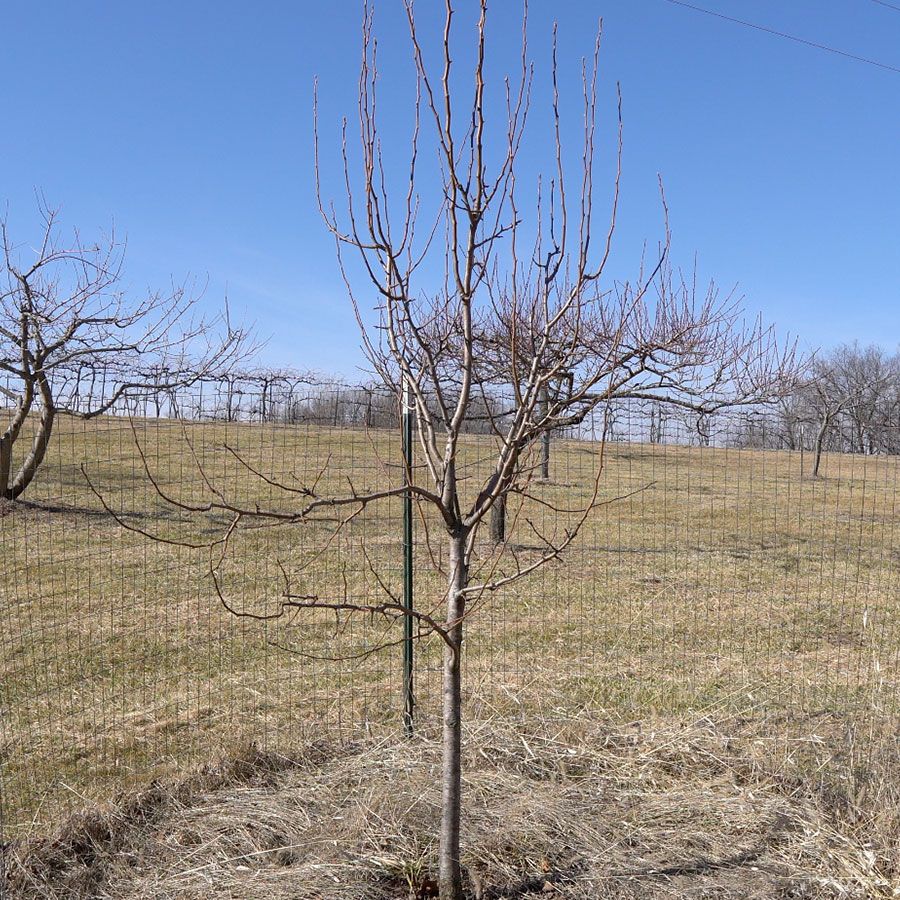

Our selection of pruning tools will help you keep your landscape flourishing.
Stark Brothers offers a wide range of pear trees:
 On Sale
20th Century Asian Pear
Starting at $29.99
On Sale
20th Century Asian Pear
Starting at $29.99
 Anjou Pear
$199.99
Anjou Pear
$199.99
 On Sale
Ayers Pear
$39.99
On Sale
Ayers Pear
$39.99
 On Sale
Bartlett Pear
Starting at $34.99
Easy to Grow!
On Sale
Bartlett Pear
Starting at $34.99
Easy to Grow!
 On Sale
Blake's Pride Pear
Starting at $29.99
On Sale
Blake's Pride Pear
Starting at $29.99
 On Sale
Chojuro Asian Pear
Starting at $35.99
On Sale
Chojuro Asian Pear
Starting at $35.99
 On Sale
Clapp's Favorite Pear
$34.99
On Sale
Clapp's Favorite Pear
$34.99
 On Sale
Colette Everbearing Pear
Starting at $55.99
On Sale
Colette Everbearing Pear
Starting at $55.99
- Article Categories:
- How To Grow






